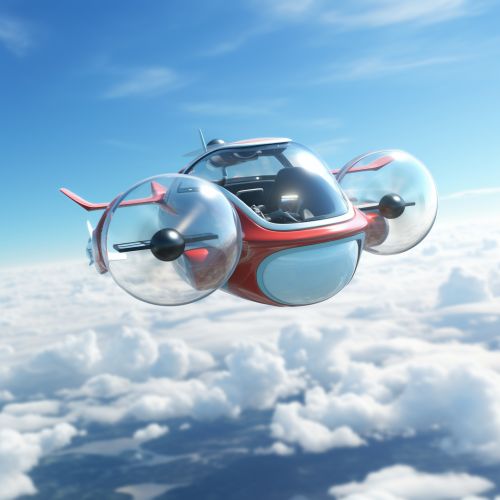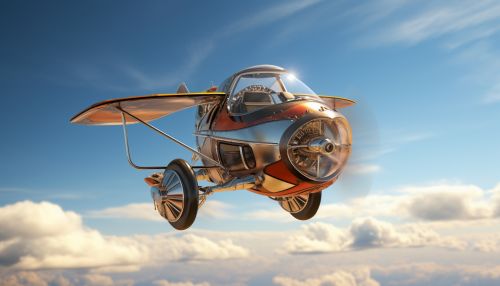Micro air vehicle
Introduction
A Micro Air Vehicle (MAV), also known as a micro aerial vehicle, is a class of Unmanned Aerial Vehicles (UAVs) that have a size restriction and may be autonomous. Modern craft can be as small as 5 centimeters. Development is driven by commercial, research, government, and military purposes; with insect-sized aircraft reportedly expected in the future.


History
The history of micro air vehicles can be traced back to the early 20th century. The first attempts at creating MAVs were made during World War I, but it wasn't until the late 1980s and early 1990s that significant progress was made. This was largely due to advancements in technology and the miniaturization of various components.
Design and Development
Designing a micro air vehicle presents a unique set of challenges. These include the need for lightweight materials, efficient power sources, and advanced control systems. The development process often involves a combination of computer simulations, wind tunnel testing, and flight testing.
Types of Micro Air Vehicles
There are several different types of MAVs, each with its own unique set of characteristics and capabilities. These include fixed-wing MAVs, rotary-wing MAVs, and flapping-wing MAVs. Each type has its own advantages and disadvantages, and the choice of which to use depends on the specific application.
Applications
Micro air vehicles have a wide range of applications. They can be used for surveillance, reconnaissance, and intelligence gathering. They can also be used for scientific research, such as studying weather patterns or monitoring wildlife populations. In addition, they have potential uses in disaster response and search and rescue operations.
Future of Micro Air Vehicles
The future of micro air vehicles looks promising. With advancements in technology, it is likely that MAVs will become smaller, more efficient, and more capable. They may also become more widely used in a variety of fields, from military operations to environmental research.
